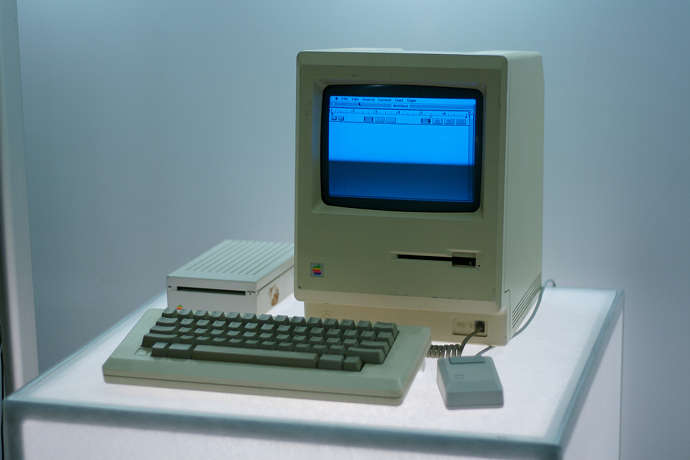Last month, a tweet from this magazine to promote an article about the LOGO programming language prompted a reader @HackerJimbo to offer a link to an MIT paper from 1971 by Seymour Papert and Cynthia Solomon, 20 Things to Do With a Computer.
Somehow I had missed the paper when I researched my LOGO article. Which is unfortunate. The paper makes a point still valid forty years later:
“When people talk about computers in education they do not all have the same image in mind. Some think of using the computer to program the kid; others think of using the kid to program the computer. But most of them have at least this in common: the transaction between the computer and the kid will be some kind of ‘conversation’ or ‘questions and answers’ in words or numbers.
In the real world computers are used in many different ways. Some are programmed to fly airplanes; not to tell a human pilot what to do, but to pull the levers with their own electro-mechanical effectors and to read the altitudes, airspeeds and what-not with their own electronic sensing devices. Computers are programmed to generate music or to condition dogs by ringing bells and delivering meat powder while the modern day Pavlov is happily asleep. Some computers are programmed to control lathes and milling machines in industrial plants; others generate pictures for animated film cartoons.
Why then should computers in schools be confined to computing the sum of the squares of the first twenty odd numbers and similar so-called ‘problem-solving’ uses? Why not use them to produce some action?”
Papert and Solomon argue computers and computing are used to “…teach the same old stuff in thinly disguised versions of the same old way.” The LOGO language was created to let kids use programming and computers to do creative things, not just rote activities. The language is both a simple way for kids to create actions, often through a turtle avatar, as well as solve adult problems with other features of the language.
Today programs like Scratch let kids create things. But there is a key distinction to be made about how kids use computers at school and home.
In an article Programming in Kindergarten, Marina Umaschi Bers points out the difference between a playpen and a playground. A playpen is contained and controlled, usually by adults. Children in a playpen get a limited experience of play. A playground is a large area where kids are free to roam and explore. Adults control the playground but in a less restrictive way. Kids experience more. They’re forced to define then solve problems on a playground. They can be alone or play with other kids.
Programs like Scratch work well for kids because they offer a playground where kids can experiment and fail easily with little harm. Put another way, these tools reward repeated use and clicking of their buttons. Adult supervision helps but is not required.
This issue of the magazine is mostly about teaching kids computer science and programming, two subjects you might think don’t apply to kids ages 3-7. However, there are at least two curricula available to provide guidance for teachers and parents. And there are a vast array of toys to help kids grow up to be creative people who work well with others.
As you pick toys for your kids, or teach them, remember the distinction between a playpen and a playground. And question tools which simply teach the same old stuff in a shiny new way. Computer science and programming are relatively new to schools. It is an opportunity to find what is special about these disciplines and to share them with kids in creative ways.
Learn More
20 Things to Do with a Computer (Papert, Solomon)
http://dspace.mit.edu/bitstream/handle/1721.1/5836/AIM-248.pdf?sequence=2
Programming in Kindergarten (pp 7-8)
http://csta.acm.org/Curriculum/sub/CurrFiles/CS_K-8_Building_a_Foundation.pdf
Why Kids Love Scratch: It Lets Them Fail in a Way Their Parents Don't
http://qz.com/209561/why-kids-love-scratch-it-lets-them-fail-in-a-way-their-parents-dont/

